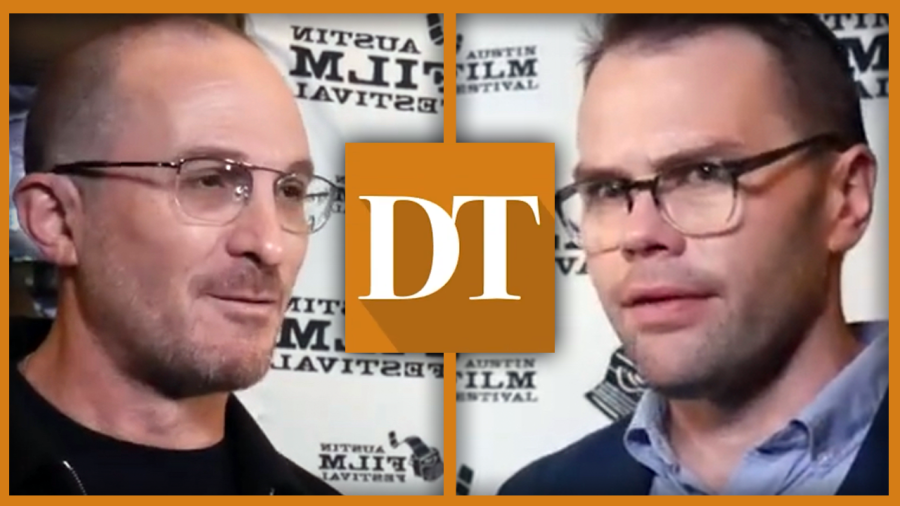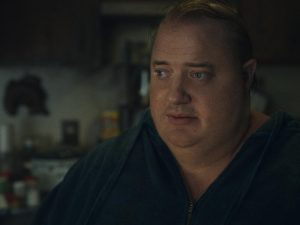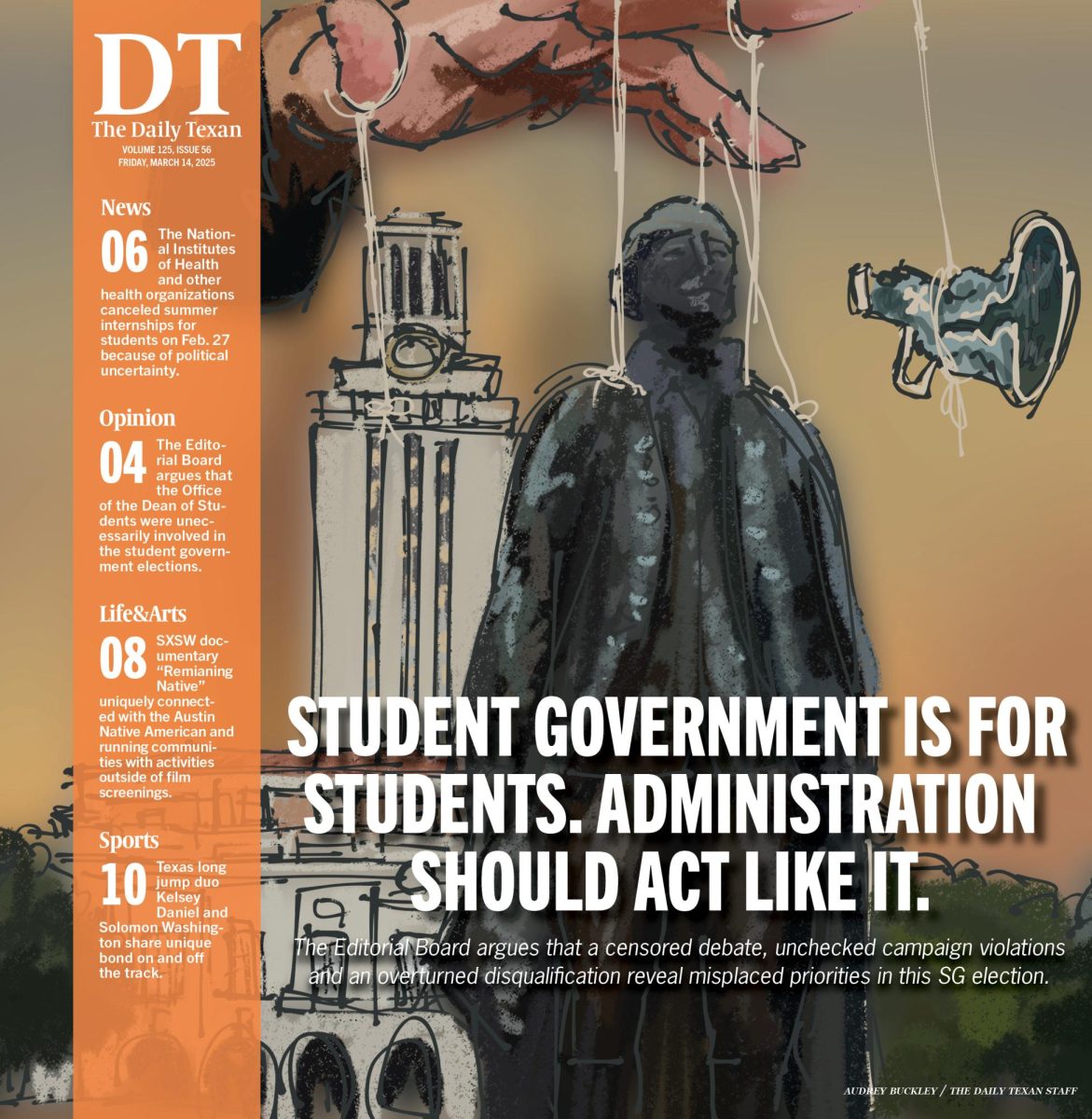Q&A: Darren Aronofsky, Samuel D. Hunter discuss meaning, complexities of A24’s ‘The Whale’
December 9, 2022
“The Whale,” from director Darren Aronofsky and writer Samuel D. Hunter, follows the last week of English teacher Charlie’s (Brendan Fraser) life and his last effort to make a positive mark on his friends and family. Based on his own play with the same name published in 2014, Hunter wrote the screenplay for the small-scale film adaptation that Aronofsky brought to life.
The Daily Texan sat down with Aronofsky and Hunter to discuss their work on “The Whale.” The pair talked about the themes and meaning of the story, the complexities of film production and advice for UT students looking to find their own path in the film industry.
The Daily Texan: What have you learned about the simplicity of storytelling on “The Whale” in contrast from the complex narratives you’ve tackled in the past?
Darren Aronofsky: They’re all the same in lots of different ways. You end up having a lot of boundaries and limits, and then you (have) to figure out how to make the best thing you can within those limitations — and the limitations change. This was a really low budget film, so we had to figure out how to use our resources in the smartest (ways).
DT: What is the biggest lesson you’ve learned from making the jump from play writing to screenplay writing?
Samuel D. Hunter: Theater is less of a visual language. It can be, but not the kind of theater that I’m interested in writing. It was really instructive to me as a screenwriter to be like, “What are the scenes that Brendan can play with his eyes that don’t need to be spoken out loud?” The scene in which he decides to call Ellie is a wordless scene in the movie, but in the play he says it to Liz like, “I think I need to call Ellie.” That second bedroom was an addition. It really just taught me a lot about visual storytelling and having trust in the actors’ ability to tell the story silently.
DT: How long did it take to get that final scene done with Sadie Sink and Brendan Fraser?
DA: Not as long as I wish I had, because we just didn’t have the time. It’s really hard because Brendan has to stand up in that scene, and that’s not easy. It was a lot of weight. It was toward the end of the film, and everyone was exhausted. I really had a limited amount of takes with the actor. I didn’t have that much time to think through it. It was a gut feeling. … You’re improvising based on how much time you have (and) how difficult it is for the actors to hit their marks on time and making the best call in the moment.
DT: What do you hope audiences take away from this movie?
SDH: (In) the play and the film, the story is about hard-won hope and the difficulty but necessity of faith in other people. It’s really central right now. Cynicism is easy, simpleminded and a cliche, and faith in other people is the harder, more complicated project.
DT: What advice would you give UT students who want to pursue filmmaking?
DA: Be original, be honest.
SDH: Learn to love writing because if you love writing, you’re not gonna stop doing it. That’s really the key, to not stop. Don’t fall in love with the idea of having written something. Fall in love with the idea of writing the process.













